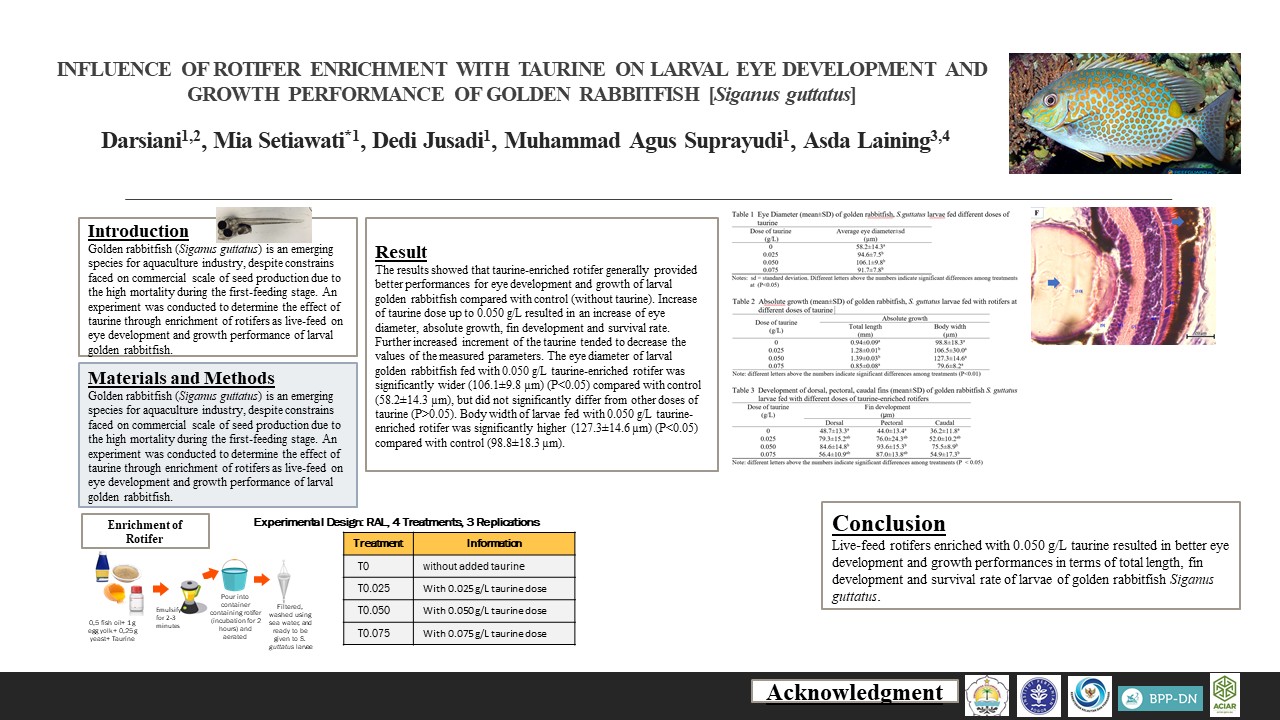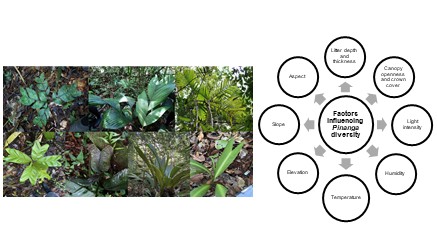PREDICTING THE IMPACT OF CLIMATE CHANGE ON THE DISTRIBUTION OF Flindersia pimenteliana F. Muell. IN INDONESIAN PAPUA AND PAPUA NEW GUINEA
Downloads
Population of Flindersia pimenteliana (Maple Silkwood) in Indonesian Papua and Papua New Guinea is severely fragmented and experiencing a continuing decline due to habitat destruction and illegal logging. This species is very susceptible to environmental changes and at greater risk of extinction due to its small and fragmented geographic ranges and low abundance. Using maximum entropy (MaxEnt) method, the present study predicted the impact of climate change on the distribution of the species across its native distribution area. Elevation and 19 bioclimatic variables commonly used in species distribution modeling were used as predictors. Â The prediction model of the current potential distribution identified a total area of 156,214 km2 in Indonesian Papua and Papua New Guinea (18% of total land area) as suitable habitat for F. pimenteliana. Elevation and precipitation of the wettest, coldest and warmest quarters contributed most to the model. Based on the average of HadGEM2-ES and MIROC-ESM models, potential distribution projections under RCP8.5 scenario suggested a habitat gain of 16% for 2050 and 8% for 2070 in the species distribution. Whereas under RCP4.5, an average habitat gain of 7% was predicted for both 2050 and 2070. The newly suitable habitats were predicted to be found mainly in Southern and Western Highland of Papua New Guinea. Protection of these areas from habitat destruction and land use change is needed to assist F. pimenteliana find the most suitable climate for its survival.
Downloads
Authors who publish with this journal agree with the following terms:
- Authors retain copyright and grant the journal right of first publication, with the work 1 year after publication simultaneously licensed under a Creative Commons attribution-noncommerical-noderivates 4.0 International License that allows others to share, copy and redistribute the work in any medium or format, but only where the use is for non-commercial purposes and an acknowledgement of the work's authorship and initial publication in this journal is mentioned.
- Authors are able to enter into separate, additional contractual arrangements for the non-exclusive distribution of the journal's published version of the work (e.g., post it to an institutional repository or publish it in a book), with an acknowledgement of its initial publication in this journal.
- Authors are permitted and encouraged to post their work online (e.g., in institutional repositories or on their website) prior to and during the submission process, as it can lead to productive exchanges, as well as earlier and greater citation of published work (See The Effect of Open Access).


























